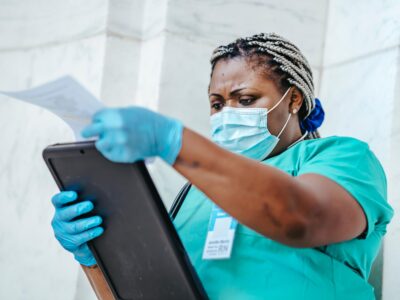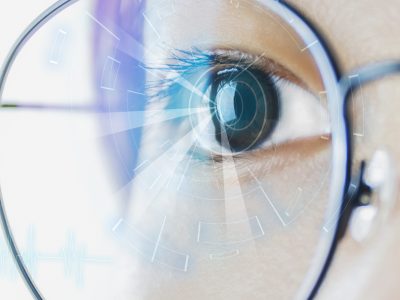Having access to the internet is becoming increasingly vital here in the U.S. From telehealth to remote learning, households around the country need to log on for just about everything these days. The coronavirus pandemic has only accelerated this trend. Accessing the Web has become a health and safety issue as families and individuals look for ways to connect.
However, according to the Federal Communications Commission, around 19 million Americans, including 9 million children, still do not have access to broadband internet at home. This is what’s known as the “Digital Divide,” creating a new system of haves and have-nots in this country. This divide remains an urgent problem as many schools look to implement online learning in the fall.
Telehealth can also help these families and individuals stay connected to a healthcare provider amid the pandemic, so they don’t have to forgo medical care or risk showing up at the emergency room. If your patients don’t have internet at home, they could be missing out on a range of features and health benefits.
As the internet becomes more essential in American society, find out how we can all do our part to reduce the Digital Divide.
Identify Trouble Areas
Schools and healthcare organizations should start by taking inventory of their current demographics to find out who has internet and who doesn’t. Patients and students in rural areas are less likely to have broadband access than those living in more urban areas. Certain buildings, districts, and geographic regions may lack access. Keeping track of these trends will help you paint a clear picture of who can log on at home.
Teachers, doctors, and nurses can then interact with these individuals accordingly to make sure they are not sending them home with assignments and devices they can’t use or complete. They can then take special precautions to make sure these patients and students can keep up with their coursework or health responsibilities.
Some schools use offline versions of programs, such as Microsoft Office and Google Classroom, so students can use these applications at home without logging onto the internet. However, studies show that having complete access to the Web enhances learning when students aren’t in the classroom, so they can explore these topics on their own, ask questions, and follow up with their teacher.
Relying on Public Spaces
Without internet at home, families and individuals have been turning to libraries, YMCAs, and other public spaces amid the pandemic, but instead of going inside and clustering around the same computers, they are staying in their cars in the parking lot as they log onto public Wi-Fi using their own devices. For some, that means doing their homework and talking to a doctor as they blast the A/C behind the wheel.
This can be an effective way to get more people online, but it’s not a sustainable solution. Children and patients should be able to access these digital services at home, which is the point of telehealth and remote learning. Some libraries and public facilities may not have the resources of Wi-Fi capabilities to support so many users at the same time.
To help mitigate any potential problems, schools and hospitals can invest in public “hot spots,” or portable 3G or 4G wireless access points, so students and patients can log on closer to home. Districts and cities can turn parks, outdoor spaces, and empty parking lots into connectivity centers to help reduce the Digital Divide.
Contact Landlords and Business Owners
Getting everyone online often requires a patchwork system. Internet connectivity tends to be less common among renters and those that do not own their own home. If families and individuals can’t afford to log on at home, consider reaching out to the building manager or landlord to come up with a feasible solution.
For example, if you find out that many of your patients or students are living in the same building, talk to the manager about setting up a Wi-Fi program. You can try sharing expenses with the owner or management company to improve the quality of care or education.
You can also apply to a new program known as “Lifeline” from the FCC. These low-cost “Lifelines” give subscribers discounts on monthly telephone service, broadband internet access service, or voice-broadband bundled service from participating providers.
Work with Internet Providers
Many internet providers are working to reduce the Digital Divide as well. Bringing more people online is good for business, after all.
Contact providers in your area to see if they have any special offers or low-cost programs that your students and patients may be able to utilize. Xfinity’s Internet Essentials from Comcast is designed to help low-income individuals and households stay connected. Applicants may qualify if they are eligible for public assistance programs like the National School Lunch Program, Housing Assistance, Medicaid, SNAP, SSI, and others.
Getting more people online often comes down to education and communication. Aid is available if you know where to look. Share these programs with your colleagues and patients to help spread the word.

















